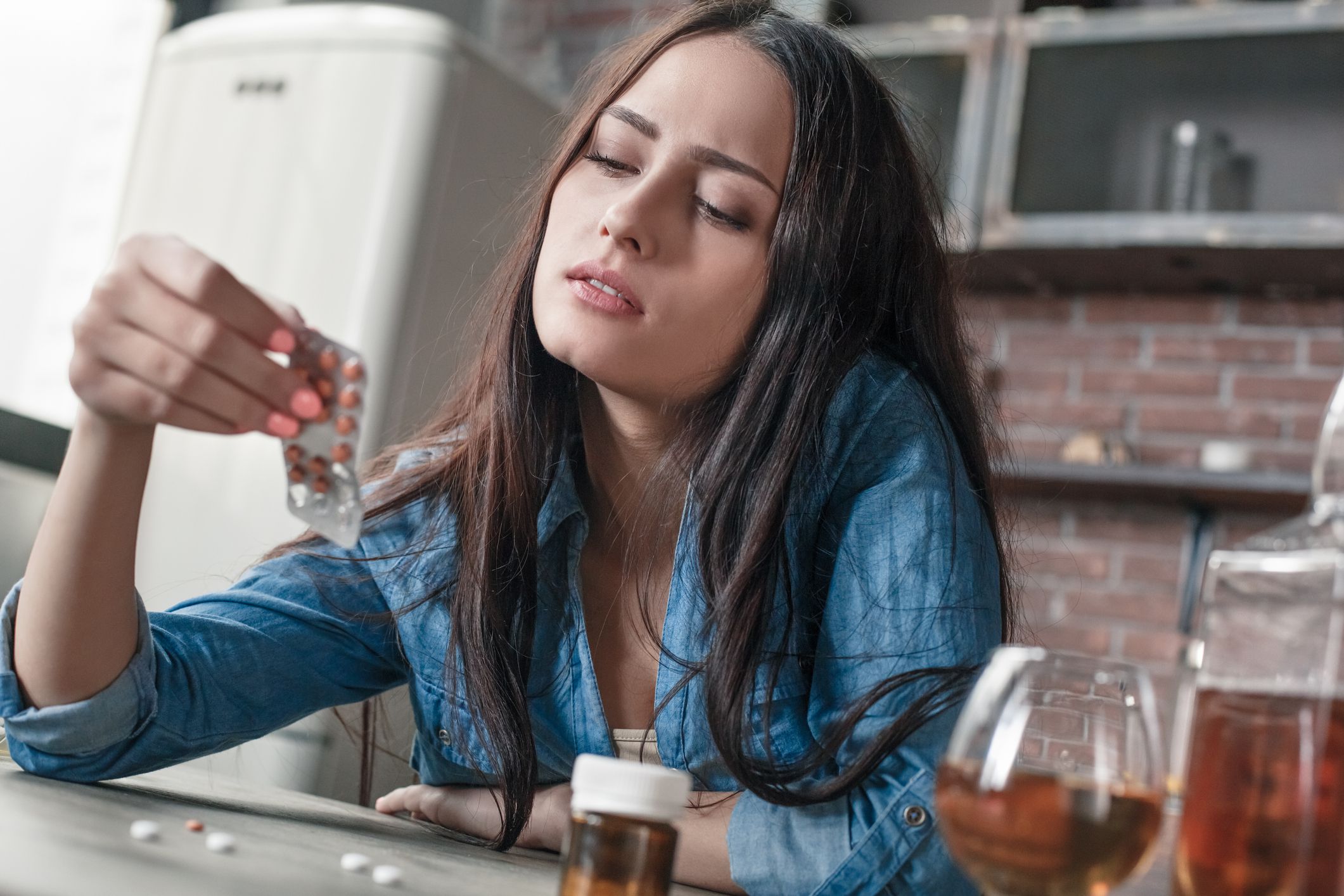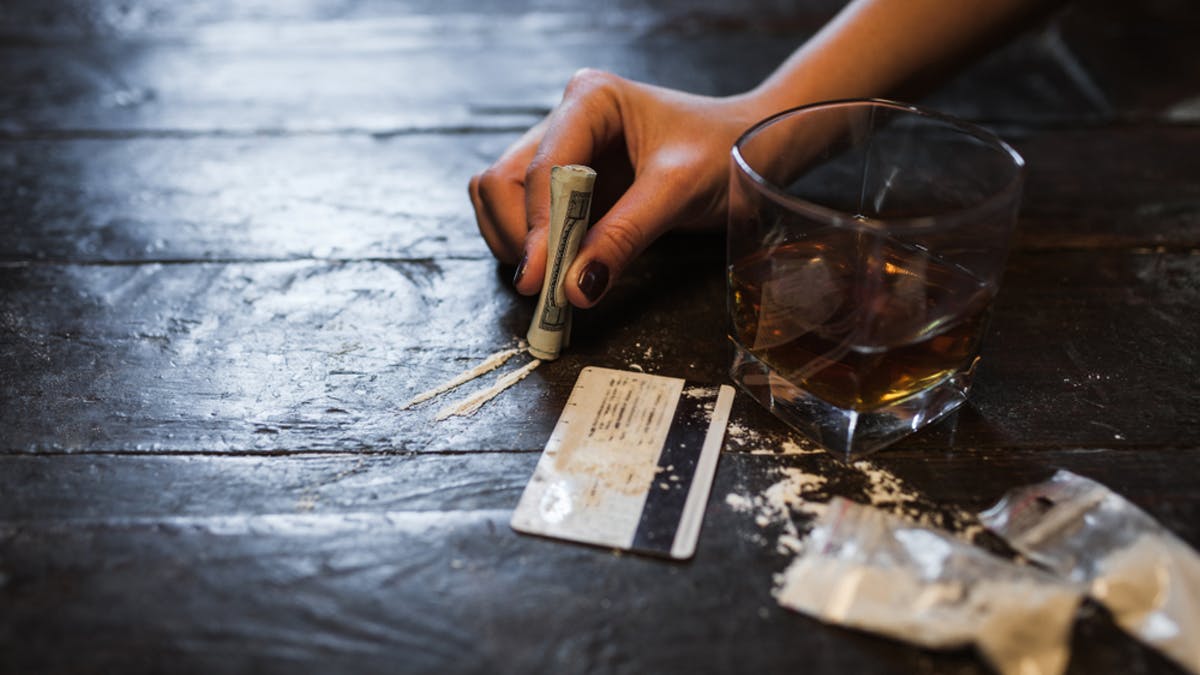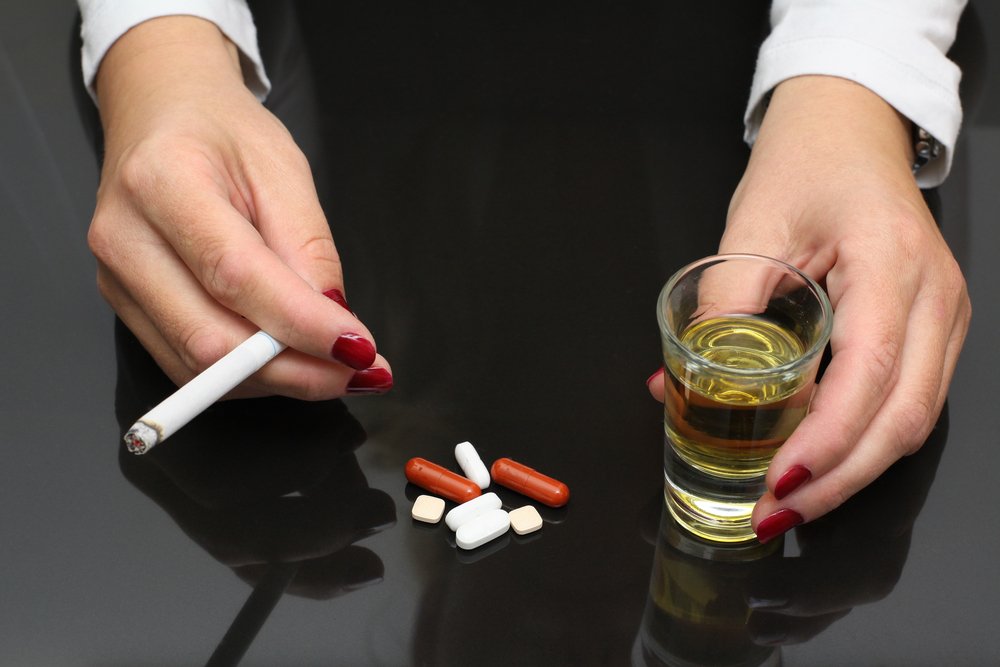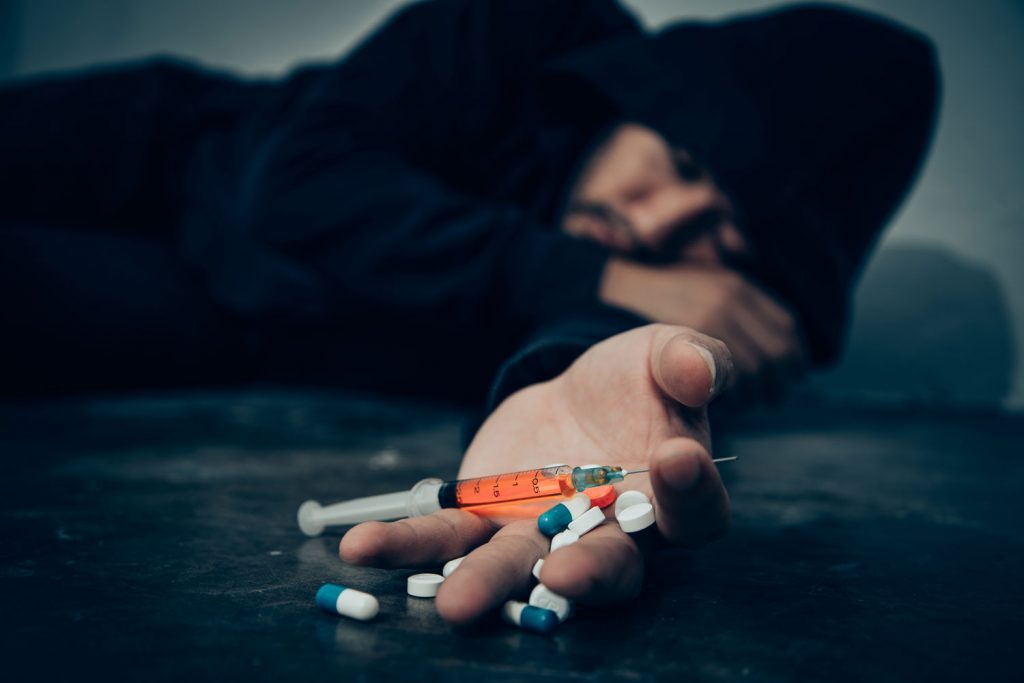The dangers of drug use are widely known, but what many people overlook is the significantly increased risk when substances are mixed together. This practice—referred to as polydrug use—occurs when two or more substances are taken simultaneously or within a short window of time. While users may chase a stronger high or more intense effects, the reality is far more dangerous: combining substances can trigger unpredictable reactions in the body, amplify toxicity, and in many cases, lead to long-term health consequences or sudden death.
One example often cited is the pairing of alcohol with prescription painkillers. While alcohol may seem harmless or even relaxing in small amounts, it interacts dangerously with opioids by enhancing their sedative effects. This synergistic relationship increases the risk of respiratory depression—where the user’s breathing slows or stops entirely—making this combination especially deadly.
Despite the severity of the risks, polydrug use remains alarmingly common, both among recreational users and those with substance use disorders.
Deadliest Substance Pairings That Can Turn Fatal
Some drug combinations are notorious for their potential to kill, not just because of the individual substances involved, but due to how they interact with the body's vital systems. Combinations like alcohol with opioids, benzodiazepines with alcohol, or heroin with cocaine can severely impair breathing, cardiovascular function, and cognitive awareness—often pushing the body beyond the point of recovery.
This overlapping impact on key systems is what makes certain pairings so deadly. Both alcohol and many other drugs work on the central nervous system, and when taken together, they don’t just add to each other’s effects—they multiply them.
The act of combining these substances is sometimes called polysubstance abuse, and avoiding such mixtures is critical for survival. According to data from the Centers for Disease Control and Prevention (CDC), many of the drug-related deaths in 2017 involved multiple substances. That year alone, over 70,000 people died from drug overdoses in the United States, a large percentage of which were linked to polydrug use—even if not officially reported as such.
Unfortunately, overdose statistics often count only the primary drug found in toxicology reports, masking the true scope of deaths involving multiple substances. This underreporting problem makes it difficult to fully grasp just how many lives are claimed by dangerous drug combinations.
The consequences can be immediate. Some combinations can induce an overdose in minutes, causing acute symptoms like seizures, loss of consciousness, respiratory arrest, or cardiac failure. Below, we examine some of the most perilous drug combinations that continue to circulate among users, despite their life-threatening potential.

Benzodiazepines With Alcohol — Doubling the Depressant Effect
Benzodiazepines (such as Xanax, Valium, and Ativan) are commonly prescribed to treat anxiety, insomnia, and seizures. They work by enhancing the effect of a neurotransmitter called GABA (gamma-aminobutyric acid), which slows down brain activity and induces calmness. Alcohol, likewise, is a central nervous system depressant that also affects GABA receptors.
When used separately and in moderation, each may cause relaxation or drowsiness. But when combined, even at moderate doses, the two amplify each other’s sedative effects, slowing down heart rate and respiration to a dangerous degree.
Both substances also increase dopamine levels, contributing to a sense of euphoria that can encourage higher doses or repeated use. However, this pleasure comes at a cost: the compounded depressant effects can quickly lead to unconsciousness, respiratory failure, or death.
What makes this combination especially deceptive is its initial subtlety—users often don’t realize how intoxicated they are until their body begins to shut down. The more benzodiazepines and alcohol are consumed together, the less aware a person becomes of how much danger they're in.
Alcohol Mixed With Opioids — A Lethal Blend of Sedatives
Like benzodiazepines, opioids are central nervous system depressants. This class of drugs includes prescription medications like morphine, oxycodone, and hydrocodone, as well as illicit substances such as heroin and fentanyl.
Opioids work by binding to specific receptors in the brain and spinal cord, blocking pain signals and inducing a euphoric high. Alcohol, on the other hand, acts broadly across the central nervous system to create feelings of relaxation and disinhibition. The danger comes when these effects overlap—slowing breathing, heart rate, and brain activity to critically low levels.
It’s not uncommon for individuals to combine alcohol with opioids, often unintentionally. They may drink socially and then take a pain pill later, unaware that the lingering alcohol in their system can enhance the opioid’s potency.
The result can be fatal. The body becomes too sedated to function properly, and the respiratory system may shut down altogether. Even experienced users who have taken both substances before can be caught off guard—because each batch of opioids, especially street drugs, can vary dramatically in strength or contain hidden additives like fentanyl.

Cocaine With Alcohol — A Deadly Chemical Combination
Pairing alcohol with cocaine is one of the most frequent forms of polydrug use—and also one of the most dangerous. Cocaine, a powerful stimulant, has short-lived effects that typically wear off in 20 to 30 minutes. Alcohol can lengthen the perceived duration of this high, prompting users to drink while they’re under the influence of cocaine.
What many don’t realize is that when these two substances are metabolized together, the liver creates a third compound known as cocaethylene. This chemical remains in the body much longer than either cocaine or alcohol alone and significantly raises the risk of sudden death.
Cocaethylene is cardiotoxic, meaning it directly damages the heart and cardiovascular system. The combination increases the likelihood of heart attack, stroke, and arrhythmias—even in young, otherwise healthy individuals.
Behavioral changes are another concern. Cocaine and alcohol together can heighten aggression, lower impulse control, and increase the risk of risky or violent behavior. Users may feel invincible and take more of both substances than they normally would, further raising their risk of overdose or injury.

Heroin and Cocaine — The Risky High of a “Speedball”
One of the most infamous and deadly drug combinations is the mixture of heroin and cocaine, colloquially known as a speedball. This blend pairs a stimulant (cocaine) with a depressant (heroin), creating a rollercoaster of effects that some users describe as the ultimate high. But the cost of this intense experience is often death.
Cocaine rapidly increases dopamine in the brain, stimulating euphoria, energy, and alertness. Heroin, meanwhile, slows the body down, producing a sedating, numbing effect. Together, these opposing forces create a false sense of balance. Users may believe the stimulant is "cancelling out" the depressant, encouraging them to take more heroin than they normally would.
This false sense of security is incredibly dangerous. The stimulant effects of cocaine wear off faster than heroin, leaving behind a powerful sedative that can suppress breathing unexpectedly. Many deaths attributed to heroin overdose are actually caused by this imbalance in timing after speedballing.
Additionally, the combined impact on the dopamine system increases the risk of addiction. The brain becomes conditioned to seek out both substances together, making this combination even harder to quit than either drug on its own.








